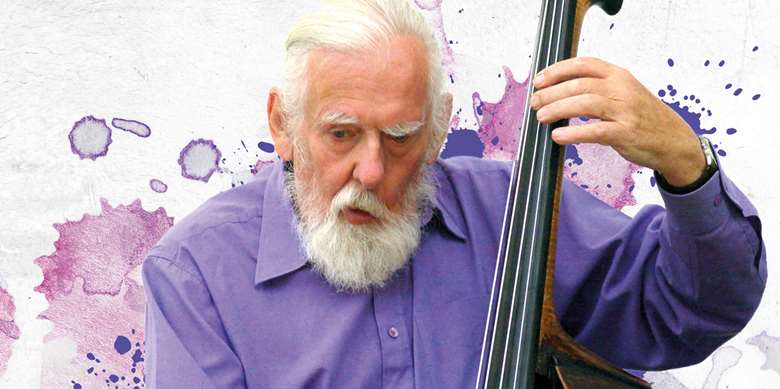Peter Ind interview: “So few musicians really open their ears; they have preconceived ideas of where it’s at. They’re not necessarily right”
Nick Hasted
Monday, August 23, 2021
Bassist Peter Ind did it all. From playing with Miles and Bird, to befriending and teaching Mingus. In this, his final interview with Jazzwise, he reflects on a life less ordinary at the low-end of jazz


Register now to continue reading

Thank you for visiting Jazzwise.co.uk. Sign up for a free account today to enjoy the following benefits:
- Free access to 3 subscriber-only articles per month
- Unlimited access to our news, live reviews and artist pages
- Free email newsletter